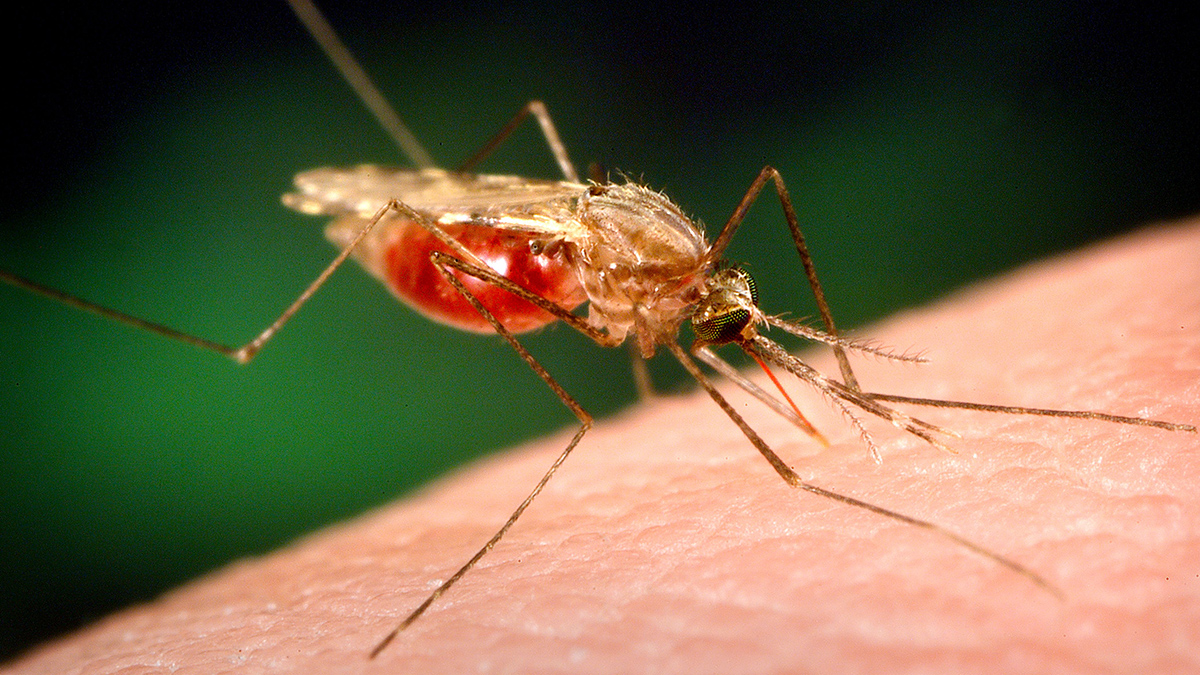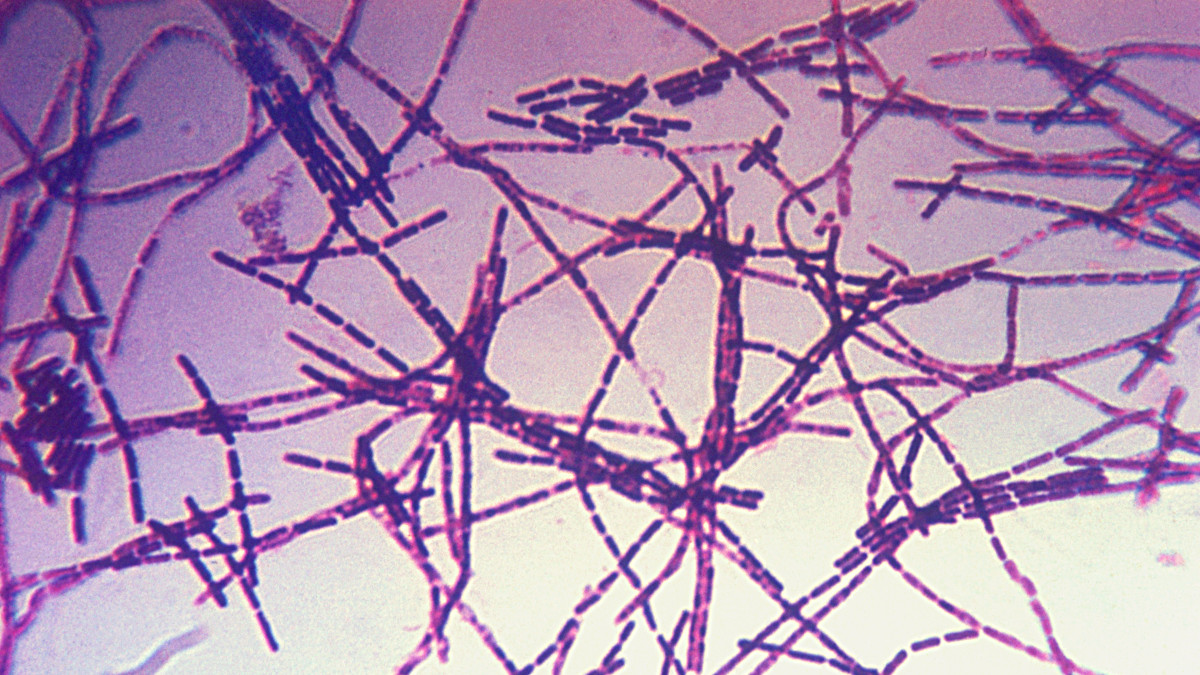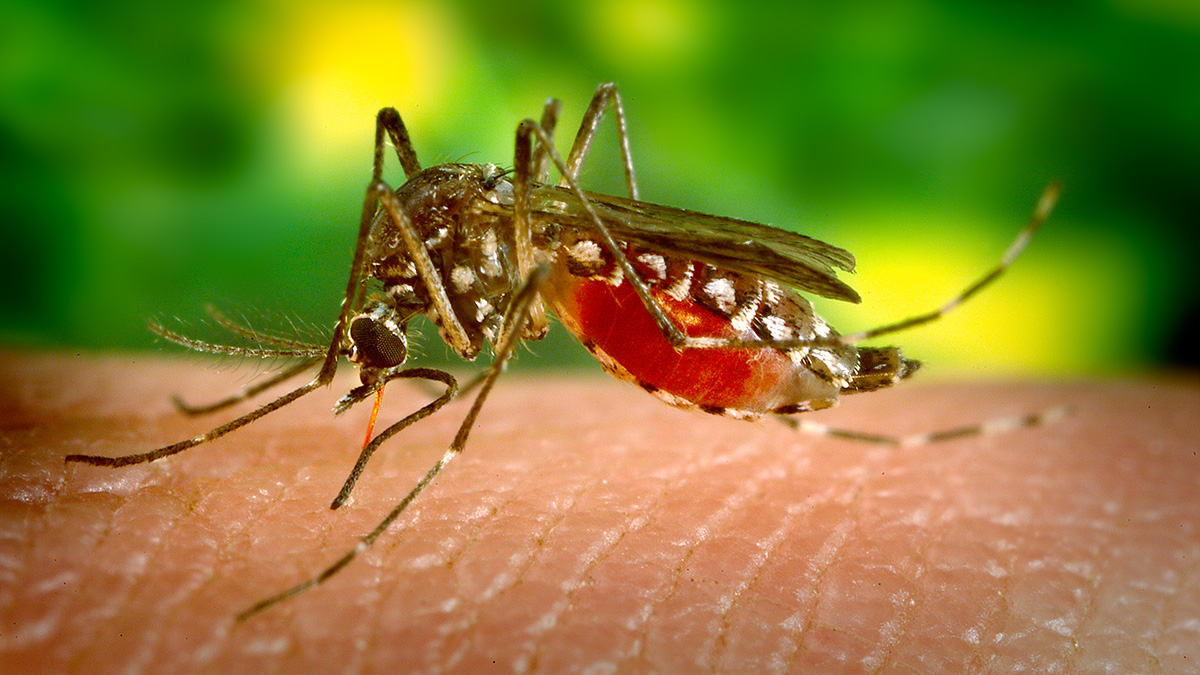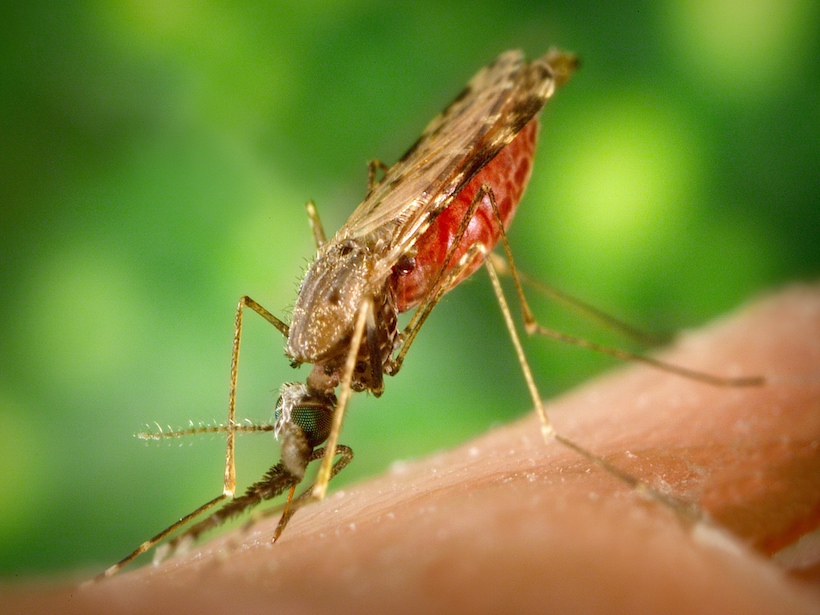Los datos sobre las precipitaciones por sí solos no pueden predecir dónde puede aparecer la malaria. Si se tienen en cuenta los procesos hidrológicos, los investigadores pueden hacerse una imagen más precisa de la transmisión.
malaria
Malaria Transmission in Africa Shifts with the Climate—and Hydrology
Rainfall data alone can’t predict where malaria may pop up. Factoring in hydrological processes helps researchers paint a more nuanced picture of transmission.
Climate Change Has Already Aggravated 58% of Infectious Diseases
Global warming has, in certain instances, amped up some of the world’s most deadly diseases.
App Tracks Harmful Mosquitos with Help from Crowdsourced Science
While collecting data using an app, volunteers have the chance to support research and fight mosquito populations on the ground.
Hydrology Helps Identify Future Malaria Hot Spots
Complex hydrological processes—not just the amount of rainfall—help determine where malaria-transmitting mosquitoes can thrive.
Heavy Rains, Human Activity, and Rising Waters at Lake Victoria
Water levels in Africa’s largest lake have risen over a meter since last fall and continue to increase as land use changes and heavy rains enhance the flow.
Climate Predictions and Infectious Diseases in Southern Africa
Symposium for Science and Technology Research Partnership for Sustainable Development (SATREPS) Project 2015; Pretoria, South Africa, 12 October 2015







